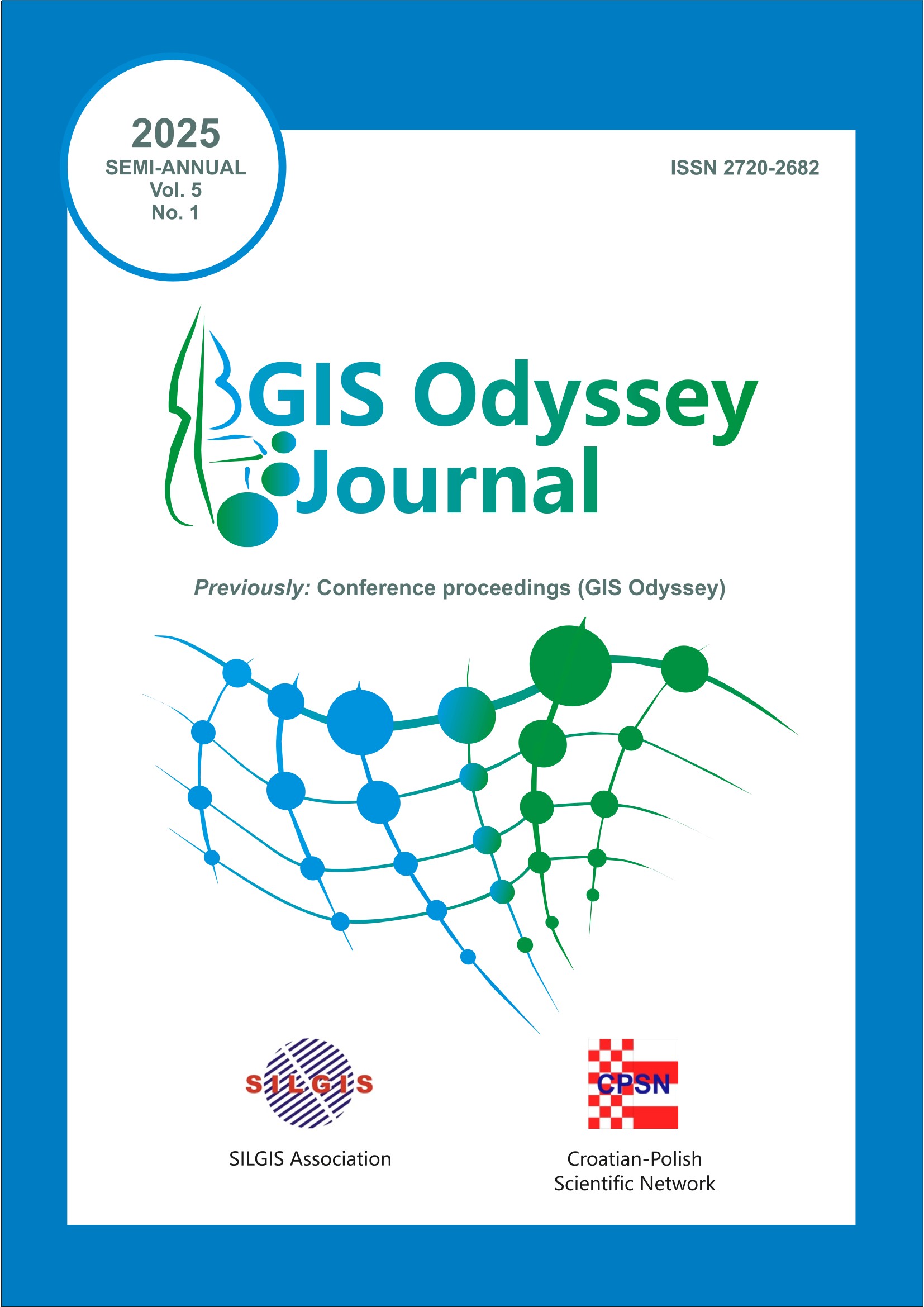FOREST FIRE TRENDS AND MANAGEMENT PRACTICES IN THE HILLS OF NEPAL
DOI:
https://doi.org/10.57599/gisoj.2025.5.1.189Keywords:
Anthropogenic factors, community forests, fire management, MODIS, wildfireAbstract
Understanding the trends and patterns of forest fire is critical for effective fire management. This study aimed to analyze forest fire incidences, trends, and management practices in the six different community managed and government managed forests in the Salyan district of Nepal. We analyzed active fire data for 2001-2017 using Moderate Resolution Imaging Spectroradiometer (MODIS), to understand the fire trend. Our results suggested that fires are common during the dry, windy, pre-monsoon season from March to May, with Pinus roxburghii forests being the most fire-prone, followed by Shorea robusta-dominated forests. Anthropogenic factors were identified as the primary cause of fire ignition. The fire management practices adopted by the Community Forest User Groups (CFUGs) have been effective in managing and preventing fires. These findings are valuable for prioritizing forest areas for fire control and management. We recommend close coordination and cooperation between CFUGs, governmental and non-governmental agencies to design and implement effective forest fire management strategies.
Downloads
Published
How to Cite
Issue
Section
License
This is an open access publication, which can be used, distributed and reproduced in any medium according to the Creative Commons CC-BY 4.0 License.







